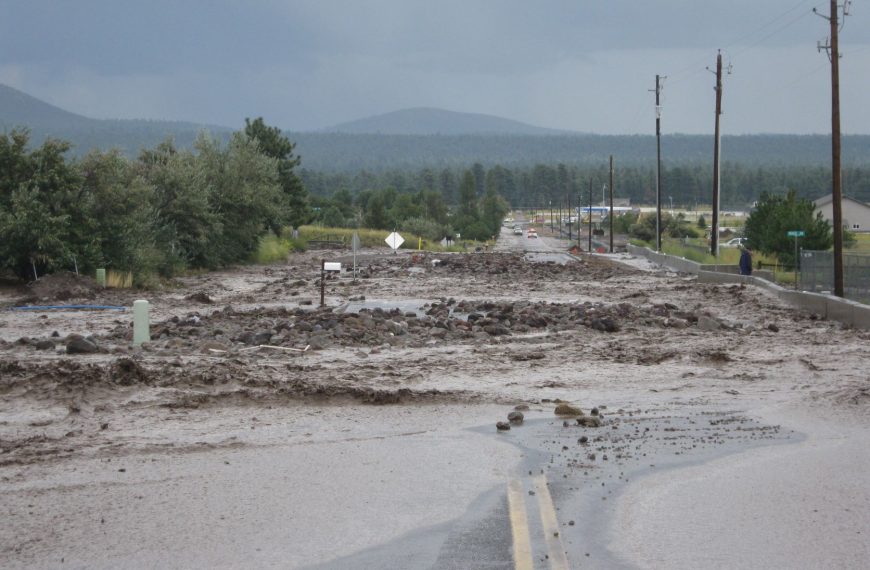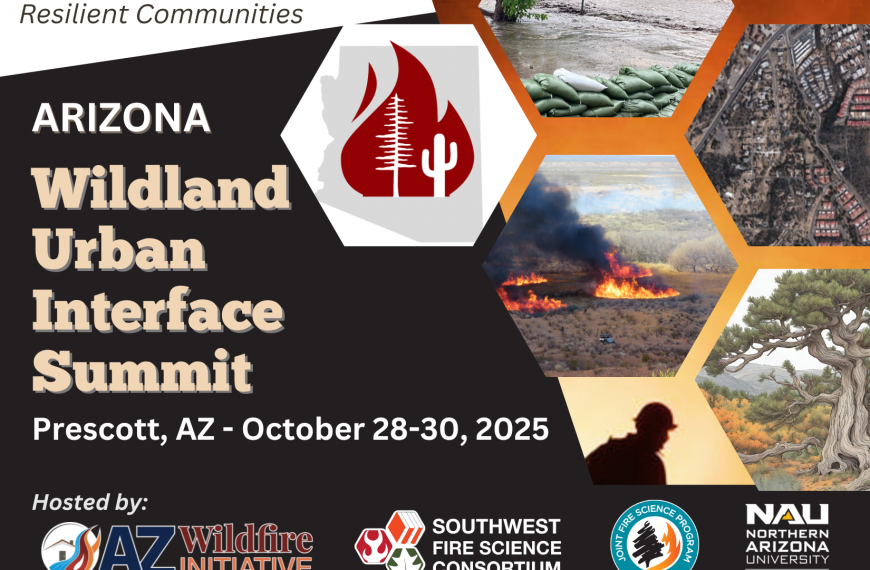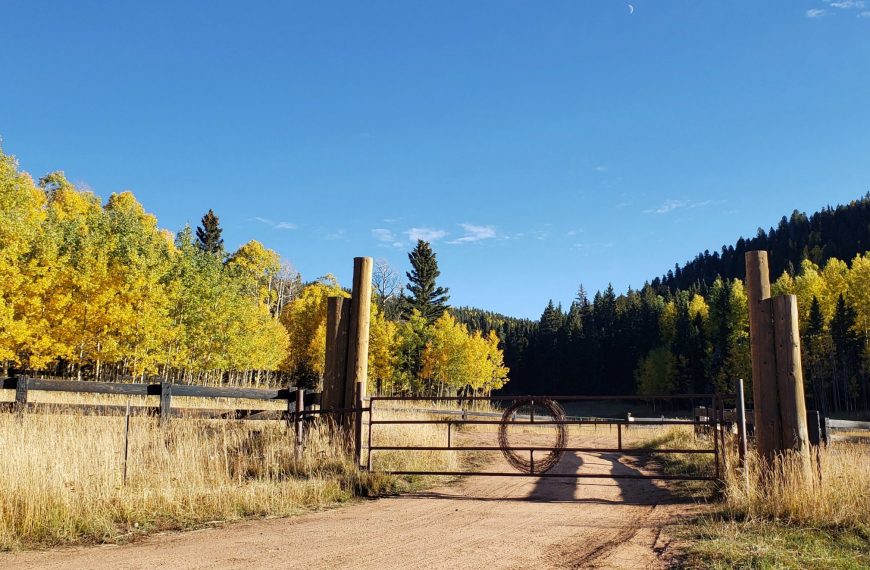Presenter: Dr. Jens T. Stevens, National Program Lead for the Wildland Fire and Fuels Research, USDA Forest Service
Date: January 19, 2022 12pm Mountain Standard Time
The increasing incidence of large wildfires with extensive stand-replacing effects across the southwestern United States is altering the contemporary forest management template within historically frequent-fire conifer forests. While management of fire-excluded forests continues to be a priority for land managers, an increasing fraction of western conifer forests have recently burned. Many of these burned landscapes contain complex mosaics of surviving forest and severely-burned patches without surviving or regenerating conifer trees. In such complex landscapes, postfire management decisions may be more effective when based on a spatially-explicit assessment of the mosaic of surviving forest and severely burned patches. Such a decision-making framework includes detailed considerations both for postfire fuels management, e.g., edge hardening of surviving forest patches and repeat burning, and for postfire reforestation, e.g., nucleation planting strategies to establish “islands” of seed trees, spatial planning to optimize reforestation success, tradeoffs between intensive and extensive tree planting, and improving nursery capacity. The decision-making framework developed here can be integrated with existing postfire management infrastructure to optimize allocation of limited resources while not abandoning recently burned landscapes, which will continue to expand in a future of increasing fire activity. Click here to view a recording of this webinar now!







